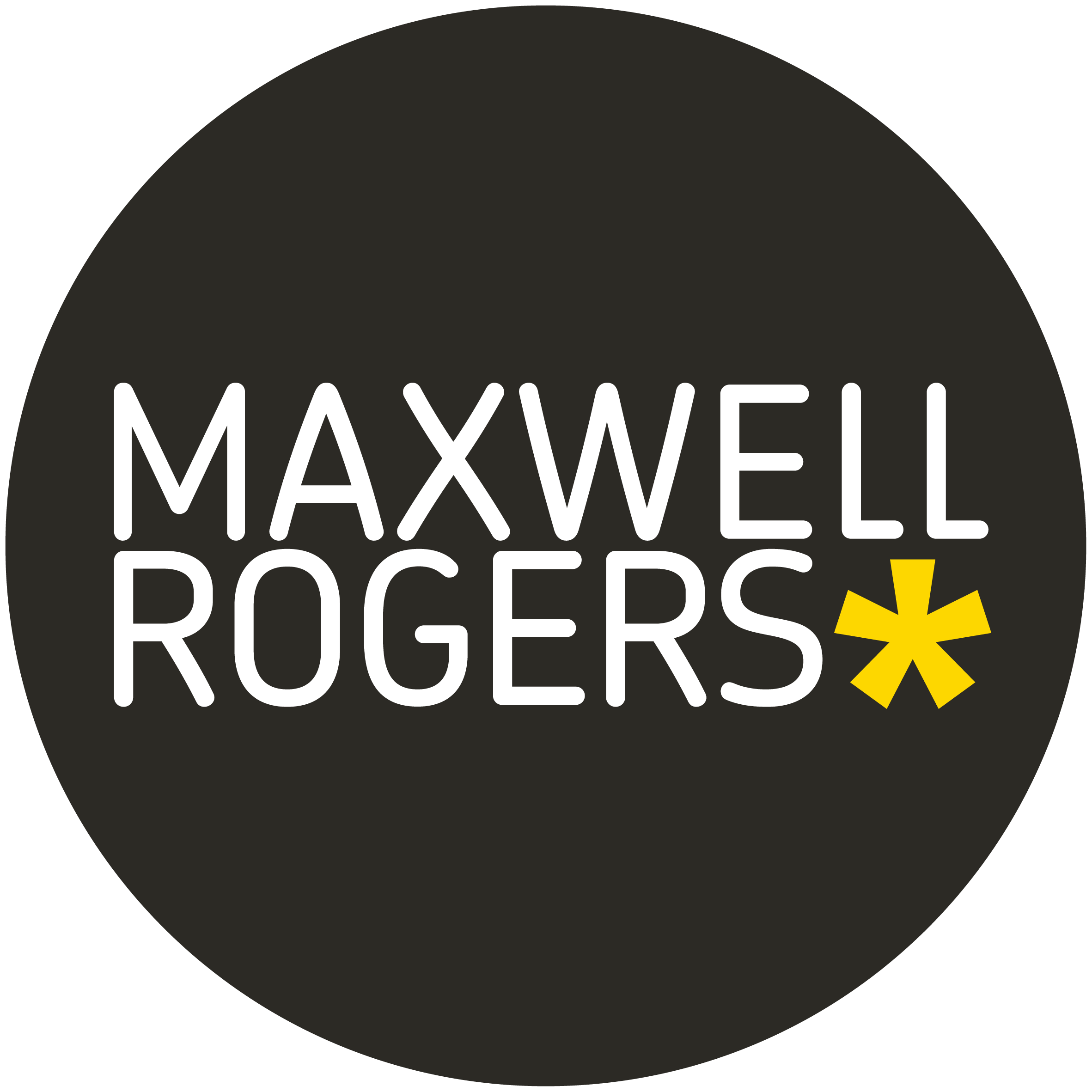Every agency uses specific terms to describe their day-to-day processes, which may seem unfamiliar to those on the outside. We thought we’d give you an insight into the lingo we use on the daily at Maxwell Rogers with our very own glossary. If you’ve worked with us before, you might have heard us slip these into conversation. See how many you recognise!
Active listening:
One of our first processes when we start a new project. We sit down with the client and get them to go through their ideas and existing content. But this isn’t a case of passively writing notes. We ask a lot of questions along the way to determine exactly what the client wants or is trying to communicate. This allows us to truly understand and play back the core messages and is essential for effective storytelling.
Audience first:
We keep this in mind when crafting all our communications. At the very start, we map out the audience, their needs and objectives as well as the aim of the piece, and use that to create content that will resonate. Read more about this in our blog, here.
Black and white:
We prefer to send a client the content before moving it into design, which is referred to as a “black and white”. This is so they can focus and sign off on the messaging without being distracted by the visual layout. It gives everyone an opportunity to review and suggest amends before it is finalised in design – making a more efficient process for all.
Charette:
We work closely with clients, asking insightful questions to understand the depth of their objectives and ambitions. We then collaborate internally to determine the most effective plan of action. It’s one of our core USPs!
Chunki munki:
This is when design on the page looks over-embellished, blocky, or too noisy, and we avoid at all costs. Instead, our philosophy is to have “intelligent, clear, elegant” design across everything we do.
Content lock:
This is both a metaphorical and literal lock on the content! When the client has approved the content, and all changes have been made, it’s seen as final so moves into design. We like to put a padlock icon on the work to show it has been signed off.
Storyboard:
A blueprint for a video which shows frames, copy, imagery, direction and action notes. It helps to map out the narrative and visual concepts before animation, and both our content and design teams are involved in this planning process.
“Think, Design, Improve” or TDI:
This is our studio process. “Think” involves questioning to fully understand what is needed, or what more could be done. Then we “Design,” crafting content into visual output. Finally, “Improve” involves internal evaluation and amends determined by client feedback. Our TDI operatives (or designers), like to have this time built into the schedule so the output is as excellent as can be.
Triage:
After charette, we triage! This involves examining and picking apart a project and its brief to find out what’s needed, identify opportunities to add value, and work out the best course of action.
White space:
This is the area or parts of a document that do not contain imagery or copy. The temptation to fill all available real estate on a slide can be tempting – we get it! But it’s important to have white space to ensure the piece isn’t overly complex or crowded, and allows our client’s messages to own the space instead.
We hope you enjoyed reading our glossary. If you want to find out more about us and what we do, feel free to send us an email at studio@maxwellrogers.co.uk.

